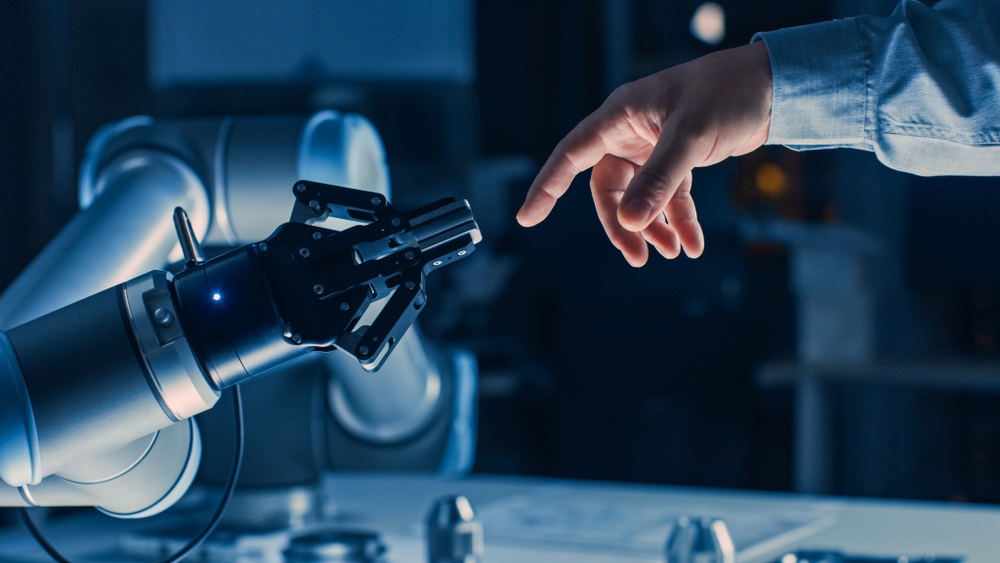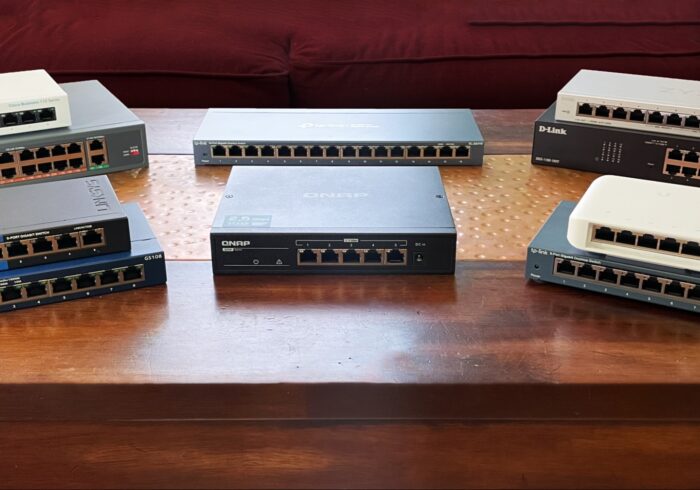Robotic grippers are often the unsung heroes of automation and robotics solutions. As technology has advanced, so have robotic gripper designs — allowing today’s engineers to tackle applications with increasingly complicated tasks that go far beyond simple pick-and-place operations.
This article will compare two standard robotic grippers: air and electric grippers. We’ll break down their advantages and disadvantages to help you decide which fits your application needs best. So, buckle up – you’re about to enter the ultimate battle between air and electric grippers.
Overview of Robot Grippers and Their Applications
Robot grippers are advanced tools that help robots accomplish a variety of tasks. The robotic gripper holds, manipulates, and ultimately completes the desired action. It is a crucial component in industrial automation and manufacturing processes. One type of robotic, pneumatic gripper uses compressed air to activate its jaws. It is beneficial when a robot needs a high grip force to complete a task.
As technology advances, we expect to see even more sophisticated robotic grippers and medical, agriculture, and logistics applications. With their ability to interact with objects and perform complex actions, robot grippers are helping to revolutionize how we approach automation.
Comparing the Pros and Cons of Air Grippers and Electric Grippers
When it comes to comparing air and electric grippers, both have benefits and drawbacks. While each type of gripper has unique advantages, the choice ultimately depends on your application needs.
Air Grippers: Air grippers offer a high degree of flexibility because they can be used in various applications and environments. They are relatively inexpensive due to their simple design. On the downside, air grippers are not as powerful as electric grippers – so if you need a lot of grip force, an electric gripper might be better suited for your application.
Electric Grippers: Electric grippers offer more precise control than air grippers due to their advanced design. They also offer more outstanding force capabilities and faster operating speeds. However, they are more expensive than air grippers and require a higher level of maintenance.
It is up to you to decide which type of robotic gripper is best for your application needs. It’s essential to consider the pros and cons of each before making a decision.
Examining the Different Types of Electric Grippers on the Market
The most common type of electric gripper is the parallel-jaw gripper. This type of gripper works by opening and closing its jaws in a linear motion. It is designed to move objects between two fixed points, making it ideal for applications such as pick-and-place operations. They can be programmed to perform more complex tasks like gripping an object at a specific angle or orientation.
Other types of electric grippers include vacuum grippers and servo-electric grippers. Vacuum grippers use suction cups to hold an object securely in place, while servo-electric grippers are capable of more precise and delicate movements. These types of electric robots are usually used for finer tasks that require a higher level of precision and control.
Advantages of Using an Air Gripper for Robotic Automation Tasks
Air grippers are particularly useful for applications requiring a high grip force. They can generate greater gripping force than electric grippers, making them ideal for material handling and assembly processes. Air grippers are cheaper than electric robots due to their more straightforward design.
Air grippers can offer an economical and reliable solution for automating specific tasks. They are beneficial when precision and control aren’t necessarily required – but the job needs a lot of grip force to be successful.
Considerations When Selecting a Robot Gripper for Your Application
When choosing a robot gripper for your application, it’s essential to consider both the task’s force requirements and precision needs. Generally speaking, electric grippers are best suited for applications that require greater control and precision. On the other hand, air grippers might be more suitable when a high level of grip force is needed.
It’s also essential to factor cost and maintenance into your decision-making process. Electric grippers are more expensive than air grippers but offer higher performance and functionality. Additionally, electric robots usually require additional maintenance costs due to their complexity.
Cost Comparison Between Air and Electric Grippers
It’s essential to compare the cost of a robot gripper between air and electric models before deciding. Generally speaking, air grippers are more affordable than their electric counterparts due to their straightforward design. However, electric robots offer higher levels of performance and precision – so they may be worth the extra cost if your application needs those features.
When choosing the right robotic gripper for your application, it is crucial to consider both budget and performance requirements. The right choice will depend on what tasks you need the robot to perform and what level of performance is necessary for success.




